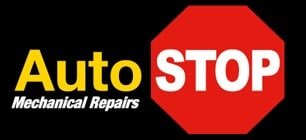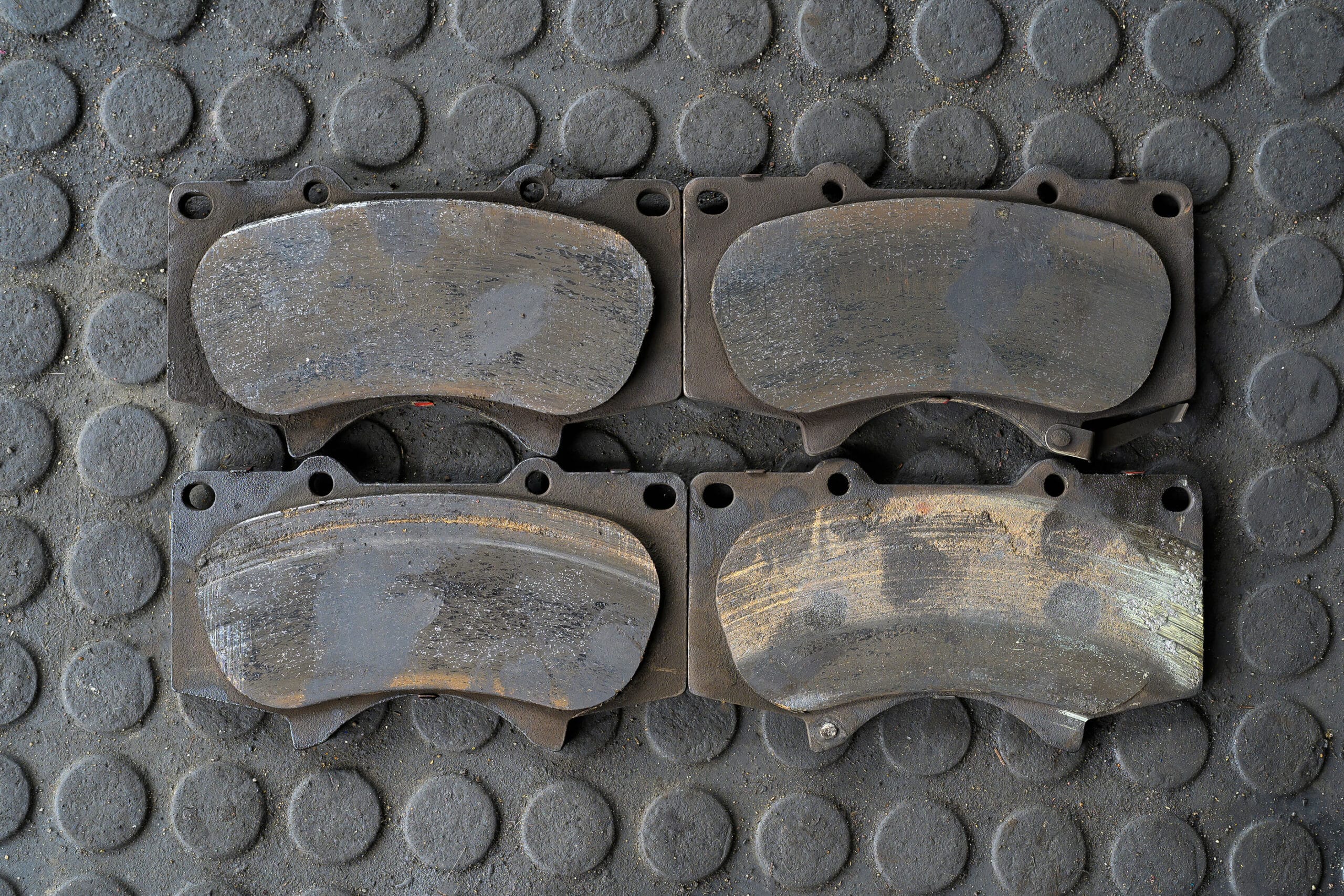
Should You Replace All 4 Brake Pads At The Same Time?
At Auto Stop, we understand that the cornerstone of your vehicle’s safety system lies firmly within its ability to stop reliably – and that responsibility rests on your vehicle’s brake pads. These critical components are your first line of defence when it comes to halting your vehicle during everyday drives or in emergency situations. Their health is not just a matter of maintenance; it’s a matter of safety.
Yet, a common quandary among drivers is whether to replace all four brake pads in a single stroke or to address them in pairs or individually as they wear down. It’s a debate that balances practicality with safety, cost with convenience and the varied advice from manufacturers with the lived experience of motorists. In this comprehensive guide, we’ll delve into the nuances of brake pad replacement, ensuring you have all the information needed to make the best decision for your vehicle – and your safety on the road.
Understanding Brake Pads And Their Role
Brake pads are a vital component of your vehicle’s braking system. They are the elements that apply pressure and create friction against the brake rotors, the flat, shiny discs you might have seen behind the wheels of your car. This friction is what slows down your vehicle and eventually brings it to a stop. Think of them as the sturdy palms that press against the spinning wheels of your car, controlling its momentum with precision.
The braking process begins when you press the brake pedal. This pedal is connected to the master cylinder, a sort of command centre for the braking system, which is filled with hydraulic fluid. As you apply pressure to the brake pedal, the master cylinder forces this fluid through a series of lines and hoses to the brake calipers. These calipers, which house the brake pads, then clamp down onto the rotors, creating the necessary resistance to slow your vehicle.
Within this system, the wear indicator plays a crucial role. It’s a small metal component that’s designed to alert you when it’s time to replace the brake pads. As the pads wear down over time and use, the indicator comes closer to the rotor. Once the material of the pad is sufficiently worn, the indicator will make contact with the rotor during braking, emitting a high-pitched squeal. This sound is hard to ignore and it’s meant to be an unmistakable signal that your brake pads need attention.
Understanding the function and mechanics of brake pads and their accompanying parts is key to recognising the importance of their maintenance. A vehicle’s responsiveness in a critical moment can hinge on the condition of its brake pads, making regular checks and replacements not just a matter of upkeep, but of paramount safety.
Wear Patterns and Replacement Timing

70/30 Braking Rule
Understanding the wear patterns of brake pads is crucial in determining their replacement timing. The ’70/30 Braking Rule’ is a good starting point; it’s a guideline suggesting that around 70% of a vehicle’s braking force is executed by the front brakes, with the remaining 30% by the rear. This distribution is primarily due to the laws of physics: as you brake, your vehicle’s weight shifts forward, increasing the load and demand on the front brakes.
As a result of this weight transfer and added pressure, front brake pads usually wear out faster than those on the rear. This doesn’t mean rear pads endure less stress, but their role is more about stability and control, rather than taking the brunt of the braking force. This distinction is why front and rear brake pads often have different lifespans and why vehicle owners might find themselves replacing the front pads more frequently.
80% Worn Rule
The ‘80% Worn Rule’ is another handy benchmark for vehicle owners. It suggests that brake pads should be replaced once they have reached 80% wear. This is not just a suggestion for optimal performance; it is a safety margin. Allowing brake pads to wear down beyond this point can greatly reduce braking efficiency, particularly in emergency stopping scenarios. It can also increase the risk of damage to other components of the braking system, such as the rotors, which can be costly to repair.
Timely replacement of brake pads, considering these wear patterns, ensures that the braking system operates effectively and safely. As a rule of thumb, don’t wait for the wear indicator to scream for attention; regular inspection and proactive maintenance are the keystones of brake pad management.
Signs That You Need New Brake Pads
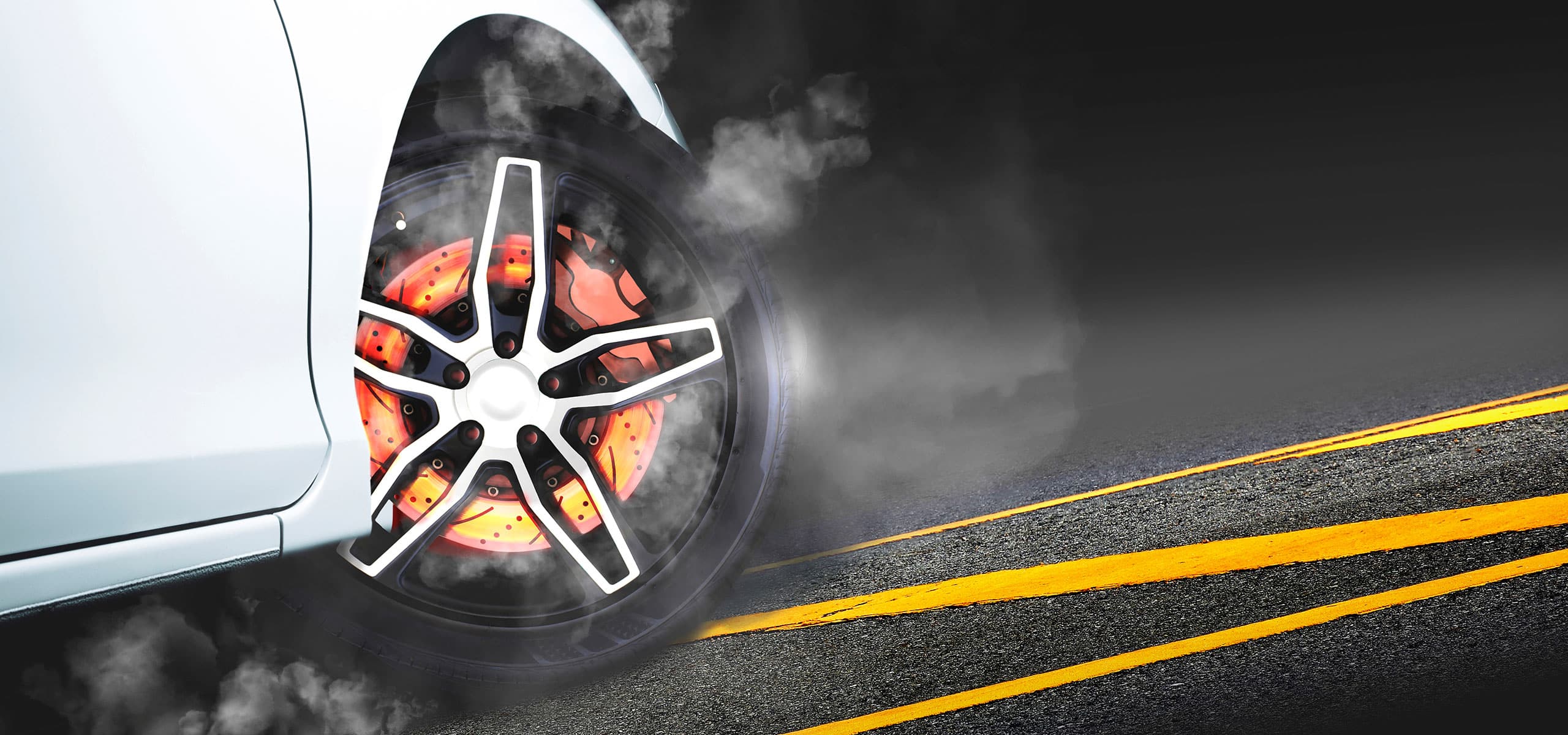
Being able to identify the tell-tale signs that your brake pads are nearing the end of their service life can save you from a close call on the road. Here are the symptoms to watch out for:
Squealing or Screeching Noises: The most obvious sign that your brake pads need replacing is a high-pitched squealing noise that occurs when you apply the brakes. This sound is deliberately designed to be noticeable and is caused by the wear indicator. If you hear this sound consistently, it’s time to schedule a brake check.
Performance Issues: If you notice a decrease in your vehicle’s braking performance, such as longer stopping distances or less responsive braking, this can indicate that your brake pads are worn. You may also experience a ‘soft’ brake pedal that requires more pressure than usual.
Dashboard Indicators: Many modern vehicles are equipped with brake pad monitoring systems that will illuminate a warning light on the dashboard when it’s time for a replacement. This light is often an exclamation point inside a circle, but it’s important to consult your vehicle’s owner manual for the specific indicators.
Visual Check: You can perform a visual inspection of your brake pads through the spokes of your wheel, where you should be able to see the outside pad pressing against the metal rotor. Generally, if this pad is less than 1/4 inch thick (approximately 3 mm), it’s time for a replacement.
Vibrations: When brake pads wear unevenly, you may feel a vibration or pulsing in the brake pedal when you apply the brakes. This can also indicate that your vehicle’s rotors are warped.
Grinding Sound When Braking: If the squealing has progressed to a grinding sound, your brake pads may have worn down completely, and the metal backing plate is now contacting the rotors. This is an urgent issue that should be addressed immediately to prevent rotor damage.
It’s essential to respond to these symptoms promptly. Ignoring them can lead to reduced braking effectiveness and potentially more extensive damage to the braking system, including the rotors and calipers, leading to more expensive repairs. Regular checks and maintenance will not only extend the life of your brake pads but also help to ensure the overall safety of your vehicle.
The Case for Replacing All Four Brake Pads
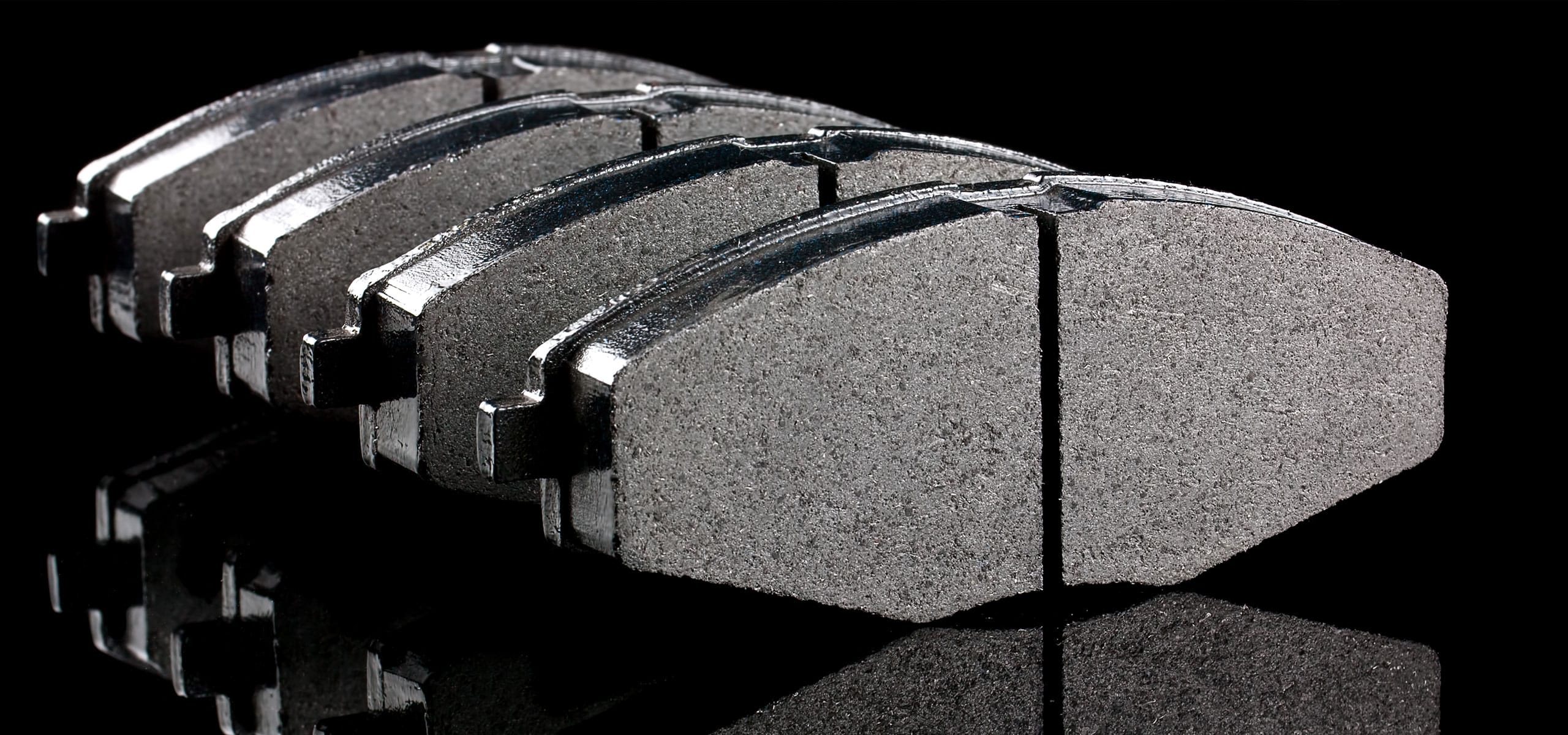
When it comes to brake replacement, a holistic approach can often be the safest and most economical in the long run. Here’s why replacing all four brake pads simultaneously is worth considering:
Consistent Braking Performance: Replacing all four brake pads at the same time can ensure uniformity in braking performance. When all pads are at the same wear level, you can expect predictable stopping power and handling, which can be crucial in emergency braking situations. It also helps in maintaining the balance and stability of the vehicle during braking.
Manufacturer Recommendations: Vehicle manufacturers often have specific guidelines for brake pad replacements. Some manufacturers might advise changing all four pads at the same time to ensure optimal performance and safety, based on the design and braking system of the vehicle. Always refer to your vehicle’s owner manual or manufacturer’s recommendations for the best maintenance practices.
Cost-Benefit Analysis: There are cost benefits to replacing all four pads at once. Firstly, it can save on labour costs, as you’re paying for one service visit instead of two. Secondly, it can prevent potential damage to rotors and other components that can occur when old pads are left in place, which would result in additional future costs. Additionally, some auto service providers may offer package deals or discounts when all four pads are replaced together.
Preventative Care: Replacing all pads early can serve as preventative care, reducing the risk of brake failure and the need for emergency repairs. It ensures that you won’t have to worry about the next replacement soon after you’ve serviced just one pair.
Time and Convenience: In our busy lives, time is a valuable commodity. Replacing all four brake pads in one appointment is more convenient and efficient than scheduling multiple service visits. It reduces the time your vehicle is in the shop and the number of times you need to arrange for transportation while your car is being serviced.
While it may not always be strictly necessary to replace all four brake pads at the same time, doing so can have significant advantages for safety, performance and cost-effectiveness. It’s a decision that should be made after considering the specific circumstances of your vehicle’s usage, wear patterns, overall associated costs and the manufacturer’s advice.
The Case For Pairwise Brake Pad Replacement
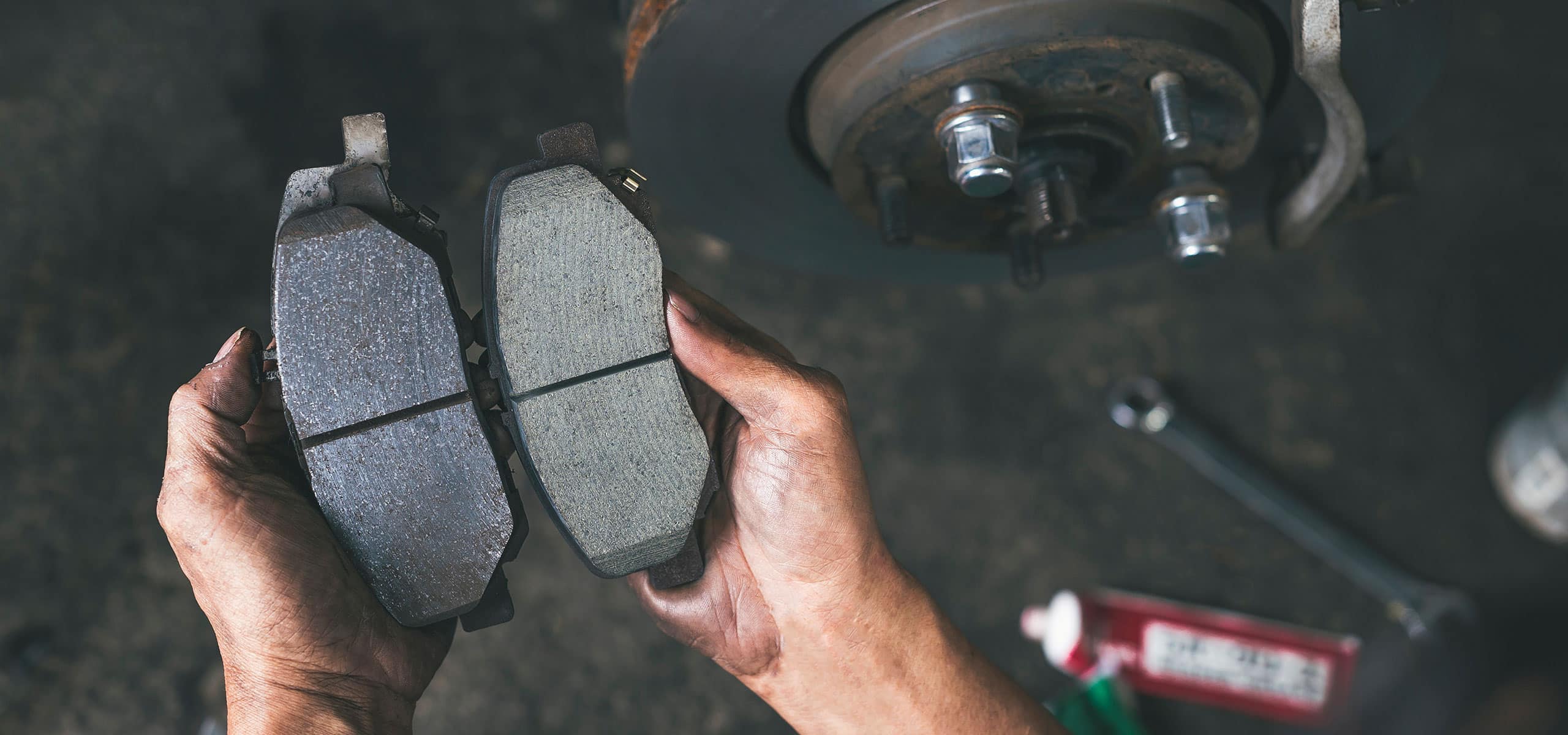
While replacing all four brake pads at once is often recommended, there are circumstances where replacing them in pairs—front or rear—can be appropriate and more aligned with the vehicle’s needs.
Uneven Wear Patterns: If regular inspections reveal that the wear on the front and rear pads is significantly uneven, it may make sense to replace only the set that is excessively worn. This uneven wear can often be attributed to the vehicle’s weight distribution and the front brakes’ role in handling the majority of the braking force.
Driving Conditions: The environment in which you drive can greatly influence brake pad wear. For example, driving in urban areas with frequent stopping and starting will wear out brake pads quicker than driving on open highways. If you’re driving in hilly or mountainous terrain, the additional gravitational forces will also put more strain on your brakes. In such cases, the front pads may need to be replaced more frequently than the rears.
Driving Habits: Aggressive braking habits can lead to faster wear of the front brake pads. If you tend to brake hard rather than coasting to a stop, the front pads will bear the brunt of this style of driving. Conversely, if your driving is gentle and you use engine braking effectively, your pads may wear more evenly, allowing for pairwise replacement when necessary.
Budget Constraints: For some vehicle owners, the cost can be a deciding factor. If budget constraints don’t allow for all four pads to be replaced at once, focusing on the most worn pair can be a temporary solution. However, it’s important to plan for the replacement of the other pair as soon as feasible.
Specific Manufacturer Guidelines: Some vehicles are designed with braking systems that naturally allow for the front and rear pads to wear at different rates. In these cases, manufacturers may recommend replacing brake pads in pairs as standard practice.
Brake System Design: Certain high-performance or heavy-duty vehicles may have braking systems designed to accommodate different rates of wear between the front and rear. Owners of such vehicles should adhere to the specific maintenance schedules and recommendations provided for their particular model.
While pairwise replacement can be practical and necessary in some instances, it’s crucial to regularly monitor the condition of all brake pads. This ensures that even if only one pair is replaced at a time, the vehicle’s braking system remains in good working order, offering safe and reliable performance.
Making The Decision – Replace 1, 2 or 4 Brake Pads?
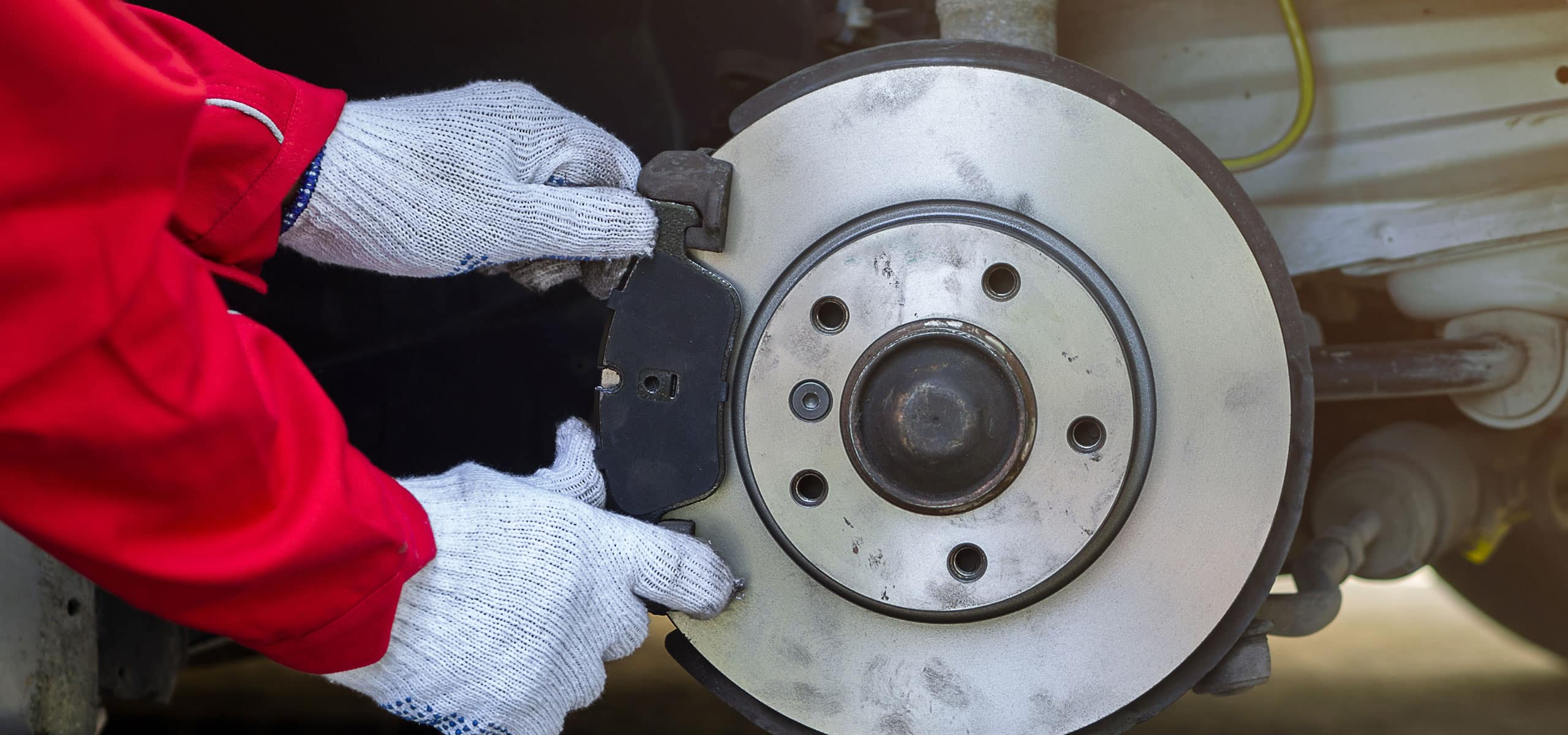
Deciding when and how to replace your brake pads is a critical aspect of vehicle maintenance. Here’s how you can assess the condition of your brake pads and the factors to consider before making a decision:
Assessing Brake Pad Condition:
- Visual Inspection: Check the thickness of your brake pads through the spokes of the wheels; if the pad is less than 1/4 inch thick, it’s time to consider replacing them.
- Listen for Noises: Be attentive to any unusual noises when braking, such as screeching or grinding sounds.
- Feel for Changes: Pay attention to any changes in the braking response, such as a spongy brake pedal or vibrations, which may indicate worn pads.
Vehicle Model and Manufacturer Guidelines:
- Model-Specific Requirements: Different vehicles have different requirements; consult your owner’s manual or manufacturer’s guidelines to understand the recommendations for your specific model.
- Design Factors: Consider the design of your vehicle’s braking system, which may impact the wear rate of the pads.
Usage Patterns:
- Driving Environment: Urban driving with frequent stops, or hilly terrain driving, can accelerate wear on your pads.
- Driving Style: Aggressive driving can lead to quicker wear, particularly on the front pads.
Budget Considerations:
- Immediate vs Long-Term Costs: While budget may necessitate staggered replacements, consider the potential long-term costs of not replacing all pads at once, such as increased wear on rotors.
- Service Deals: Look out for service deals that may make replacing all four pads more economical.
Expert Opinions and Mechanic Advice:
- Professional Inspection: A professional mechanic can measure pad thickness accurately and advise on the condition of your pads. For example, Auto Stop offer a complete Brake Repairs service for both Brisbane and Gold Coast.
- Safety vs Economy: Get professional advice on the balance between safety and economy; while saving money short-term is appealing, it should not compromise safety.
- Tailored Recommendations: Mechanics can offer recommendations based on a comprehensive assessment of your vehicle’s overall braking system.
Other Considerations:
- Future Maintenance Schedule: Plan for future brake maintenance and replacements based on current pad wear.
- Resale Value: Well-maintained brakes can affect the resale value of your vehicle.
- Warranty and Insurance: Some warranties or insurance policies may have specific requirements for vehicle maintenance, including brake pads.
Making the decision to replace brake pads, whether all at once or in pairs, should be a balance of practicality, safety and financial consideration. It’s a decision that doesn’t stand alone but fits within the broader context of your vehicle’s maintenance history and anticipated future use.
What’s The True Cost Of Not Replacing Your Brake Pads?
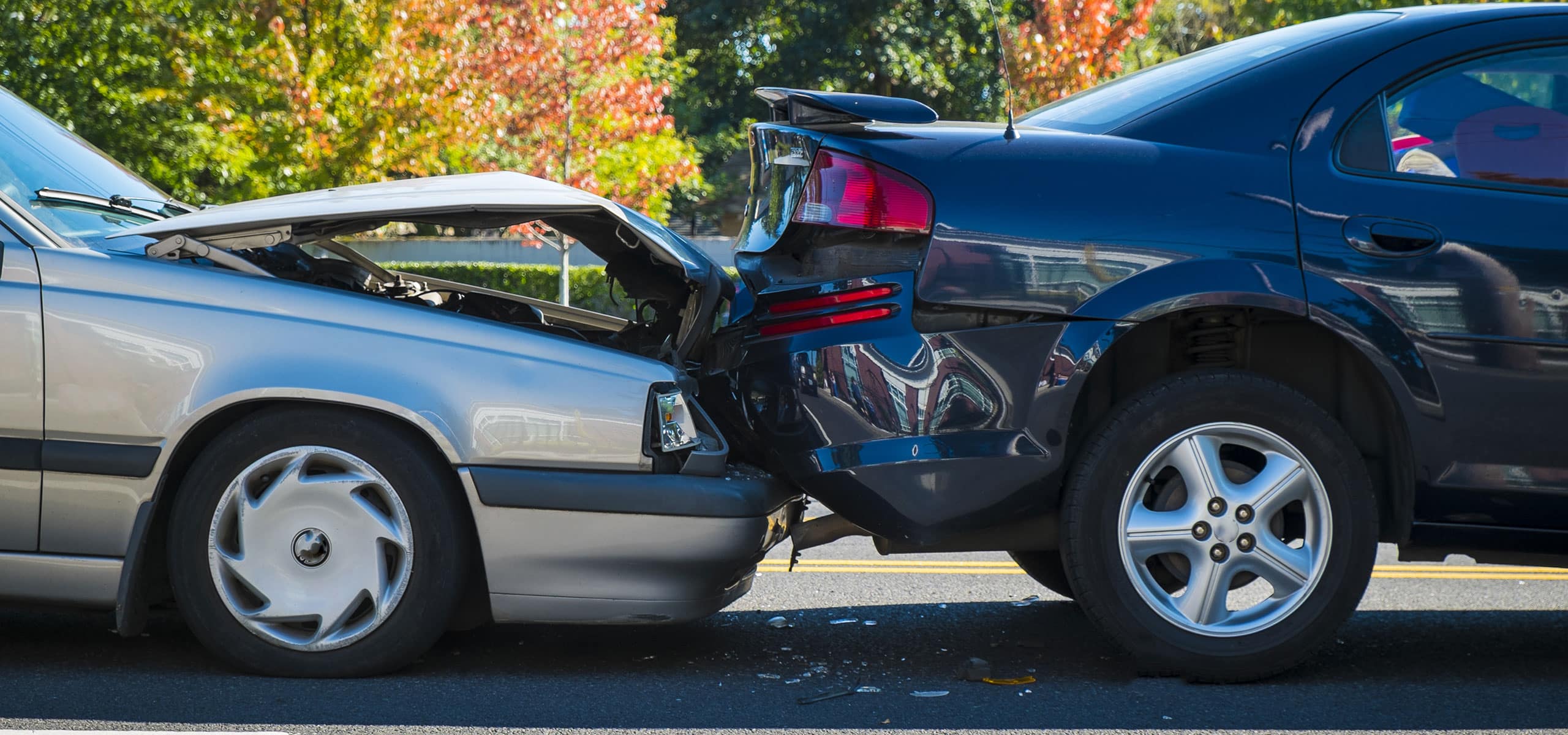
The decision to replace your vehicle’s brake pads is a critical one, with significant implications for safety and performance. Whether you opt to replace all four pads simultaneously, in pairs or individually, the considerations remain the same: understanding wear patterns, recognising the signs of needed replacement and considering your vehicle’s specific requirements and your driving habits. The front pads generally bear a greater burden and may need more frequent replacement, but this does not diminish the importance of the rear pads.
The overarching theme in this decision-making process is safety. Brake pads are a fundamental component of your vehicle’s braking system and their effectiveness is paramount in protecting you and your passengers. Regular maintenance and timely replacements are non-negotiable when it comes to ensuring that your vehicle can stop effectively in every necessary situation.
We at Auto Stop encourage vehicle owners to not just rely on their own assessments but to seek professional advice. A qualified mechanic can provide a thorough inspection and offer tailored advice, taking into account the many variables that affect brake pad wear and performance.
Remember, while budget and convenience are important, they should never outweigh safety concerns. Investing in quality brake pads and adhering to recommended maintenance schedules can ultimately save lives – and prevent more costly repairs down the road.
Stay safe on the roads and never hesitate to reach out to a professional for your vehicle maintenance needs. Your peace of mind is worth the effort.
Auto Stop are professionals in brake replacement, repairs and servicing and we have a comprehensive service in both Brisbane and Gold Coast. Contact us for any car brake replacement or braking issues you may have, we’re here to help.


